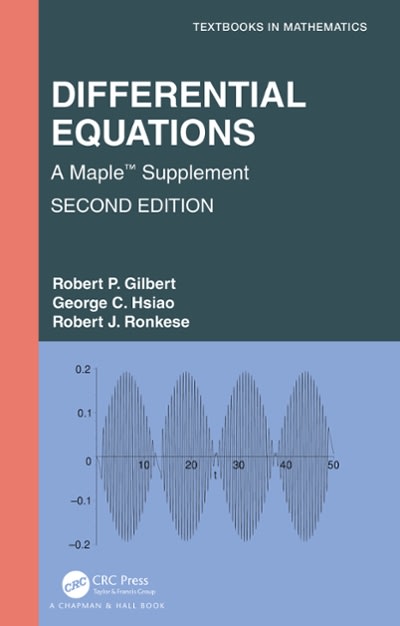Question
21. The F-test statistic compares the variance between the groups to the variance within the groups. Explain how the variance between the groups is calculated
21. The F-test statistic compares the variance between the groups to the variance within the groups. Explain how the variance between the groups is calculated and what it tells us. Explain how the variance within the groups is calculated and what it tells us. How can we use the variance between and the variance within to calculate the F-test statistic?
22. If the variance between the groups were significantly larger than the variance within, would the F-test statistic be large or small? Explain why.
23. If the variance between the groups were about the same as the variance within, would the F-test statistic be large or small? Explain why.
(#29) Go to www.lock5stat.com and click on the StatKey button. Under the "More advanced randomization tests" menu click on "ANOVA for Difference in Means". For each of the following problems, use a randomized simulation to answer the following. Assume the data met the assumptions for an ANOVA hypothesis test. For each problem, answer the following questions.
a) Give the null and alternative hypothesis.
b) The F-test statistic is given under "Original Sample". A sentence to explain the F test statistic.
c) Simulate the null hypothesis and put the significance level in the right tail to calculate the critical value. What was the critical value? (Answers will vary.)
d) Use the F test statistic and Critical Value to determine if the sample data significantly disagrees with the null hypothesis. Explain your answer.
f) Put in the test statistic into the right tail to calculate the P-value. What was the P-value? (Answers will vary.)
g) Use the P-value and Significance Level to answer the following: Could the sample data or more extreme have occurred because of sampling variability or is it unlikely that the sample data occurred because of sampling variability? Explain your answer.
f) Should we reject the null hypothesis or fail to reject the null hypothesis? Explain your answer.
g) A conclusion for the hypothesis test addressing evidence and the claim.
h) What is the variance between the groups? What is the variance within the groups? Was the variance between significantly higher than the variance within? Explain how you know.
i) Was the categorical and quantitative variables related or not. Explain your answer.
29. Use the random car data and a 1% significance level to test the claim that the country a car is from is related to its gas mileage. Go to www.matt-teachout.org and open the random car data. Copy and paste the country and the miles per gallon columns next to each other in a new excel spreadsheet. The country should be on the left and the miles per gallon should be on the right. Then copy both columns together. Go to www.lock5stat.com and click on the StatKey button. Under the "More advanced randomization tests" menu click on "ANOVA for Difference in Means". Click on the "Edit Data" button and paste the country and mpg columns into StatKey. Click on "Generate 1000 Samples" a few times and then "Right-Tail". Put in the original sample F-test statistic in the bottom box to estimate the P-value.
Step by Step Solution
There are 3 Steps involved in it
Step: 1

Get Instant Access to Expert-Tailored Solutions
See step-by-step solutions with expert insights and AI powered tools for academic success
Step: 2

Step: 3

Ace Your Homework with AI
Get the answers you need in no time with our AI-driven, step-by-step assistance
Get Started


